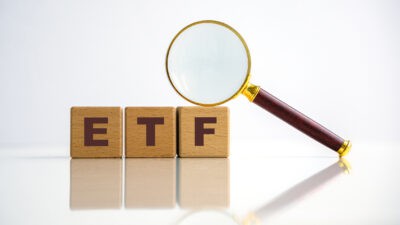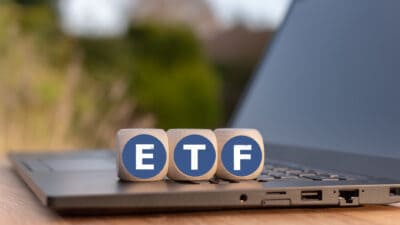The Vanguard Australian Shares Index ETF (ASX: VAS) has long been the most popular exchange-traded fund (ETF) for ASX investors.
With close to $17 billion in assets under management, ASX investors evidently can't get enough of this Vanguard ETF.
It's not hard to see why. Vanguard's VAS product is the only index fund on the ASX that allows investors to access the S&P/ASX 300 Index (ASX: XKO). This index, while similar to the more widely-tracked S&P/ASX 200 Index (ASX: XJO), gives investors coverage of the largest 300 shares listed on the ASX.
This gives meaningful exposure to the largest stocks on our share market, including BHP Group Ltd (ASX: BHP) and Commonwealth Bank of Australia (ASX: CBA). But also an additional 100 stocks at the bottom end of the market that aren't included in your typical ASX 200 index fund.
This mix of smaller cap stocks alongside the largest, most mature companies on the ASX has historically delivered a healthy balance of capital growth and franked dividend income.
So, if an Australian investor is looking for an index fund with broad diversification, many don't need to look beyond the Vanguard Australian Shares ETF.
Today, let's review this ETF and the investing strategy that works best for an index fund of this nature.
How to invest in the ASX VAS ETF
Since an index fund of this nature represents an investment in an entire market, it's my view that the best way to invest in the ASX VAS ETF is by employing a dollar cost-averaging (DCA) strategy. A DCA strategy basically involves setting a regular investment amount and timeframe (say $500 per month), and sticking to it through thick and thin.
Using DCA takes many of the most common investing mistakes that we can make out of the equation. For example, a DCA strategy can prevent an investor from selling out of this index fund during a market crash. Or else prevent you from making your largest investments when the market is expensive, as many investors are tempted to do.
Index funds that track an entire market, including VAS, are susceptible to the cyclical nature of the stock market. However, they also tend to go up over time far more often than they go down. The ASX has also never failed to exceed a previous all-time high. That makes investing as much as one can in VAS, as often as one can, the most logical path to take.
It also ensures you are always paying an 'average' price for your VAS units in the ASX. To illustrate, over the past year, VAS units have traded on the ASX for as little as $90.40 each and as much as $105.94. If you are investing $500 every single month, your average buying price for the past 12 months will hopefully be right in the middle of that range. This should ensure that you secure the best rate of return that you can outside of perfectly timing the market (which is virtually impossible anyway).
Foolish takeaway
Vanguard tells us that, as of 30 November, VAS has delivered an average return of 9.43% per annum since its ASX inception in May 2009. There's no guarantee that it will continue to deliver this kind of return, of course. But if you follow a dollar-cost averaging strategy, you should be able to enjoy the best of what this popular ASX ETF has to offer going forward







